Instruction
Short on time? Improve your game at the microwave
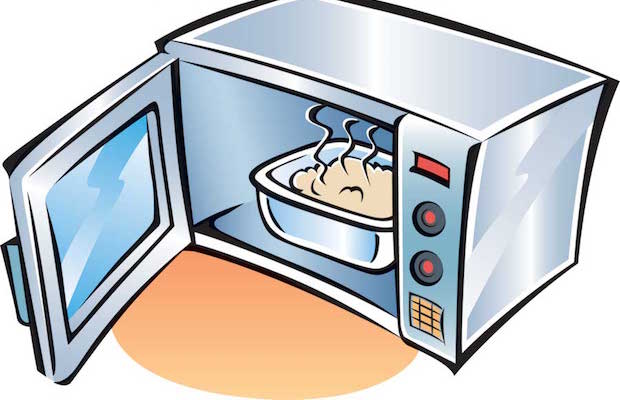
Having grown up in the Midwest, I less than fondly remember this time of the year, when the post-Thanksgiving weather would force me into the practice net in my basement until March. We might catch the odd day or two that would let us get outside to hit balls (or even play a few holes), but most of that stretch was spent doing whatever practice we could do indoors. This was coupled with the pain of watching early-season PGA Tour events from warm-weather locales in Honolulu, Phoenix, Palm Springs, Los Angeles, Pebble Back and San Diego, leaving us chomping at the bit.
Here in Florida we can work year round, but I still have players who I coach that are successful in other parts of their lives and have limited time to work on their golf swings or short game. They might find only one day a week to hit balls because of business and family requirements, and being married for 25 years and raising two college age kids… trust me, I get it! This is where I give my players homework away from the course to help them improve. I call it “microwave work,” which are drills I give my players to practice when weather, life or a job keeps them from getting to the course, specifically, when they are in the kitchen heating something up.
So let’s get started. What is something that you would normally put in the microwave?
I am guessing that most answers are coffee and/or leftovers. How do you spend your time while your item warms up? If it is coffee, you probably stand there with your eyes half open in full zombie mode. What if you used that time to work on your golf game? If you use your time wisely, you will see a faster change in your game for the better.
Below are four of the basic drills I give my players.
Get in the Lineup
This is a good one for players with an overly active left hand that is passive and drags the club through.
To perform the drill, setup with your lead foot against the cabinets like you are going to hit a mid-iron into the microwave. Take a three-quarter backswing and turn through slowly until the back of your left hand hits the edge of the counter flush and flat (it helps to drape a hand towel over the edge of the counter so your hand makes contact with the towel instead of the hard cabinet). Hold and press there firmly for a count of 10.
Keep doing sets of these until the timer goes off. It is also a kinematic feedback drill and you will feel “after effect” when you finish, such that if you took a swing you would feel like you are still pressing against the counter when you reach impact.
Put a Bounty on Bad Putting
Full disclosure: I didn’t make this one up.
This is from one of my tour players who had his head moving all over creation when he came to me for help. We fixed all the other things in his stroke and went after the simple task of keeping his head still. One day, due to bad weather over the summer, he was stuck inside and wanted to hit putts and work on keeping his head static throughout the stroke.
He came up with the paper towel drill.
This one is easy! Get a paper towel roll and put one end on the refrigerator and the other on your forehead at setup. Then take practice strokes with your hands together focusing on how it feels to keep your head in place as you take a stroke. This is a huge error I see in about 7 out of 10 tour players. It is amazing how many golfers retreat their head at impact. Practice this and you will find your stroke produces many more solidly hit putts in the new season.
Getting Hip
One of the things that drive instructors crazy is keeping their students’ rear ends from thrusting forward at impact and losing pelvis and spine angle. This is called early extension. Among other things, it is one of the natural results of the shoulders trying to seek the same orbit as the hips and turn at the same level.
To perform this drill, turn your back to the counter-top and put both cheeks against it. Now cross your arms and turn back and through to a balanced finish and hold. While you are turning, fight to keep the right hip on the counter as you go back. More importantly, keep the left hip on the counter when going to the full finish and hold. Do as many reps as you can before the timer dings! You will find, when done correctly, that you finish with your right shoulder slightly lower than the left.
How to Get Cleaner Floors While Fixing a Bad Takeaway
A huge backswing issue that I often see is active hands that rotate the clubface way too much early in the start of the backswing. This throws the clubhead behind the hands when the shaft reaches parallel to the ground creating all kinds of bad things.
Here is a fun drill that is also a huge challenge because it is fraught with disaster if you fail.
Grab a coffee cup from the cabinet before you start microwaving, and fill it a third of the way full of water. Take your setup and grip the handle on the mug so that the cup is hanging downward. Use as close to a real grip as you can. The water should be very near the lip of the cup at this point. Now, from this setup position, take a backswing to about 8 o’clock with your hands and stop. If you do it correctly in one piece, you won’t spill any water! If you spin the mug — look out, water everywhere! If you really want danger, use milk or orange juice!
This drill will encourage a solid one piece takeaway without any fast moving parts and the club face and hands will be positioned correctly early in the backswing. Here is what it looks like from face on (above) and down the line (below) when it is done correctly.
And done incorrectly.
These are just a few of the Microwave Drills that I give my players to do when they are in the kitchen. Pick one, or do them all during the winter and watch your game come alive in the spring!
- LIKE6
- LEGIT1
- WOW0
- LOL0
- IDHT0
- FLOP0
- OB0
- SHANK0
Instruction
Clement: Laid-off or perfect fade? Across-the-line or perfect draw?

Some call the image on the left laid off, but if you are hitting a fade, this could be a perfect backswing for it! Same for across the line for a draw! Stop racking your brain with perceived mistakes and simply match backswing to shot shape!
- LIKE0
- LEGIT0
- WOW0
- LOL0
- IDHT0
- FLOP0
- OB0
- SHANK0
Instruction
The Wedge Guy: The easiest-to-learn golf basic

My golf learning began with this simple fact – if you don’t have a fundamentally sound hold on the golf club, it is practically impossible for your body to execute a fundamentally sound golf swing. I’m still a big believer that the golf swing is much easier to execute if you begin with the proper hold on the club.
As you might imagine, I come into contact with hundreds of golfers of all skill levels. And it is very rare to see a good player with a bad hold on the golf club. There are some exceptions, for sure, but they are very few and very far between, and they typically have beat so many balls with their poor grip that they’ve found a way to work around it.
The reality of biophysics is that the body moves only in certain ways – and the particulars of the way you hold the golf club can totally prevent a sound swing motion that allows the club to release properly through the impact zone. The wonderful thing is that anyone can learn how to put a fundamentally sound hold on the golf club, and you can practice it anywhere your hands are not otherwise engaged, like watching TV or just sitting and relaxing.
Whether you prefer an overlap, interlock or full-finger (not baseball!) grip on the club, the same fundamentals apply. Here are the major grip faults I see most often, in the order of the frequency:
Mis-aligned hands
By this I mean that the palms of the two hands are not parallel to each other. Too many golfers have a weak left hand and strong right, or vice versa. The easiest way to learn how to hold the club with your palms aligned properly is to grip a plain wooden ruler or yardstick. It forces the hands to align properly and shows you how that feels. If you grip and re-grip a yardstick several times, then grip a club, you’ll see that the learning curve is almost immediate.
The position of the grip in the upper/left hand
I also observe many golfers who have the butt of the grip too far into the heel pad of the upper hand (the left hand for right-handed players). It’s amazing how much easier it is to release the club through the ball if even 1/4-1/2″ of the butt is beyond the left heel pad. Try this yourself to see what I mean. Swing the club freely with just your left hand and notice the difference in its release from when you hold it at the end of the grip, versus gripping down even a half inch.
To help you really understand how this works, go to the range and hit shots with your five-iron gripped down a full inch to make the club the same length as your seven-iron. You will probably see an amazing shot shape difference, and likely not see as much distance loss as you would expect.
Too much lower (right) hand on the club
It seems like almost all golfers of 8-10 handicap or higher have the club too far into the palm of the lower hand, because that feels “good” if you are trying to control the path of the clubhead to the ball. But the golf swing is not an effort to hit at the ball – it is a swing of the club. The proper hold on the club has the grip underneath the pad at the base of the fingers. This will likely feel “weak” to you — like you cannot control the club like that. EXACTLY. You should not be trying to control the club with your lower/master hand.
Gripping too tightly
Nearly all golfers hold the club too tightly, which tenses up the forearms and prevents a proper release of the club through impact. In order for the club to move back and through properly, you must feel that the club is controlled by the last three fingers of the upper hand, and the middle two fingers of the lower hand. If you engage your thumbs and forefingers in “holding” the club, the result will almost always be a grip that is too tight. Try this for yourself. Hold the club in your upper hand only, and squeeze firmly with just the last three fingers, with the forefinger and thumb off the club entirely. You have good control, but your forearms are not tense. Then begin to squeeze down with your thumb and forefinger and observe the tensing of the entire forearm. This is the way we are made, so the key to preventing tenseness in the arms is to hold the club very lightly with the “pinchers” — the thumbs and forefingers.
So, those are what I believe are the four fundamentals of a good grip. Anyone can learn them in their home or office very quickly. There is no easier way to improve your ball striking consistency and add distance than giving more attention to the way you hold the golf club.
More from the Wedge Guy
- The Wedge Guy: Golf mastery begins with your wedge game
- The Wedge Guy: Why golf is 20 times harder than brain surgery
- The Wedge Guy: Musings on the golf ball rollback
- LIKE86
- LEGIT13
- WOW6
- LOL1
- IDHT0
- FLOP4
- OB1
- SHANK8
Instruction
Clement: Stop ripping off your swing with this drill!

Not the dreaded headcover under the armpit drill! As if your body is defective and can’t function by itself! Have you seen how incredible the human machine is with all the incredible feats of agility all kinds of athletes are accomplishing? You think your body is so defective (the good Lord is laughing his head off at you) that it needs a headcover tucked under the armpit so you can swing like T-Rex?
- LIKE0
- LEGIT2
- WOW2
- LOL0
- IDHT0
- FLOP0
- OB0
- SHANK2
-

 19th Hole2 weeks ago
19th Hole2 weeks agoDave Portnoy places monstrous outright bet for the 2024 Masters
-

 19th Hole3 days ago
19th Hole3 days agoJustin Thomas on the equipment choice of Scottie Scheffler that he thinks is ‘weird’
-

 19th Hole2 weeks ago
19th Hole2 weeks agoTiger Woods arrives at 2024 Masters equipped with a putter that may surprise you
-

 19th Hole2 days ago
19th Hole2 days ago‘Absolutely crazy’ – Major champ lays into Patrick Cantlay over his decision on final hole of RBC Heritage
-

 19th Hole3 weeks ago
19th Hole3 weeks agoReport: Tiger Woods has ‘eliminated sex’ in preparation for the 2024 Masters
-

 19th Hole1 week ago
19th Hole1 week agoTwo star names reportedly blanked Jon Rahm all week at the Masters
-

 19th Hole1 week ago
19th Hole1 week agoReport: LIV Golf identifies latest star name they hope to sign to breakaway tour
-

 19th Hole1 week ago
19th Hole1 week agoNeal Shipley presser ends in awkward fashion after reporter claims Tiger handed him note on 8th fairway

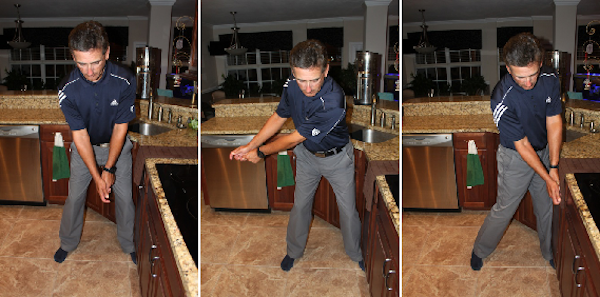
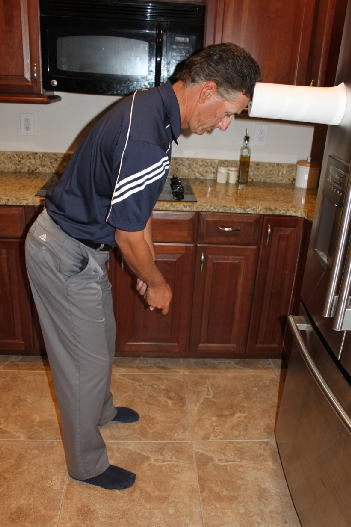
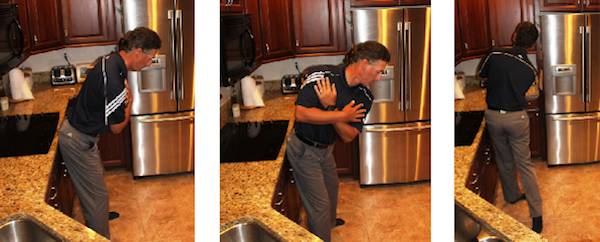
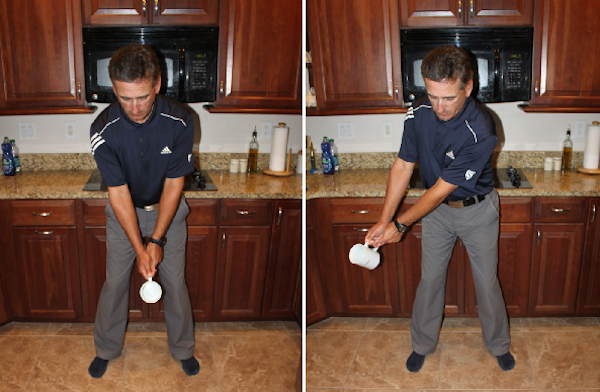
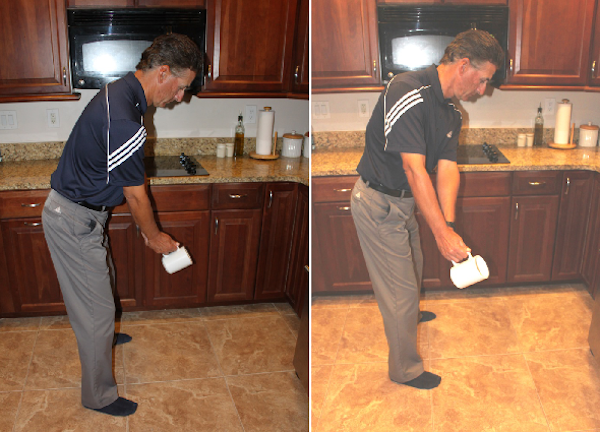
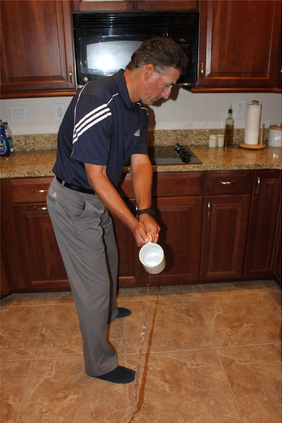














Jadon
Jan 5, 2015 at 5:53 pm
Oh wow, the cup drill. I need this badly.
Golfraven
Jan 1, 2015 at 2:46 pm
Love it. Wonder why I just spent the cash on the Swing trainer tools.
Al385
Jan 1, 2015 at 2:39 am
These tips are so good. They are also great to practice while I’m in business travels.
Thanks so much!!!
Tj
Dec 30, 2014 at 6:18 pm
Great Instruction right there, Wish everyone could read this, Including the members at my club.
MCK
Dec 30, 2014 at 4:40 pm
This is awesome and useful.
Brody
Dec 30, 2014 at 4:12 pm
Creative article, I enjoyed it!
Tom Stickney
Dec 30, 2014 at 1:41 pm
You should do the cup one at AJ’s! I miss destin!!! Best 7 years of my life.
Jeff B
Dec 30, 2014 at 12:45 pm
agreed, i am able to golf year round when my back is in good shape but these should be a fun way to stretch and get back in the swing groove before i go back out there.
fun read!
Ian
Dec 30, 2014 at 12:35 pm
Great article!
These look like fun, although the climate where I live allows for year round golf, I will definitely have to give these a try.
TR1PTIK
Dec 30, 2014 at 12:25 pm
I like these a lot since I currently live in Missouri and am going through exactly what you described in the first paragraph! Excellent tips, and I would think that you could modify the first drill a little bit to work on weight transfer at the beginning of the downswing – or “bumping” the hips to the lead side as some would describe it.